The Bonfire of the Vanities (film)
4.4 /10 1 Votes
16% Rotten Tomatoes Country United States | 5.4/10 IMDb 2.5/4 Roger Ebert Genre Comedy, Drama Duration Language English | |||||||||||||||||||||||||||||||||
 | ||||||||||||||||||||||||||||||||||
Release date December 21, 1990 (1990-12-21) Adapted from The Bonfire of the Vanities Cast (Sherman McCoy), (Peter Fallow), (Maria Ruskin), (Judy McCoy), (Jed Kramer), (Judge Leonard White) Similar movies Tagline Take one Wall Street tycoon, his Fifth Avenue mistress, a reporter hungry for fame, and make the wrong turn in The Bronx...then sit back and watch the sparks fly. | ||||||||||||||||||||||||||||||||||
Wall street trader tries to explain his job the bonfire of the vanities 1990
The Bonfire of the Vanities is a 1990 American satirical black comedy film directed by Brian De Palma. The screenplay, written by Michael Cristofer, was adapted from the best-selling novel of the same name by Tom Wolfe. The film, which was a critical and commercial flop, stars Tom Hanks, Bruce Willis, Melanie Griffith, and Kim Cattrall. The original music score was composed by Dave Grusin.
Contents
- Wall street trader tries to explain his job the bonfire of the vanities 1990
- The bonfire of the vanities 1990 tv trailer
- Plot
- Production
- Locations
- Reception
- The bonfire of the vanities original theatrical trailer
- References
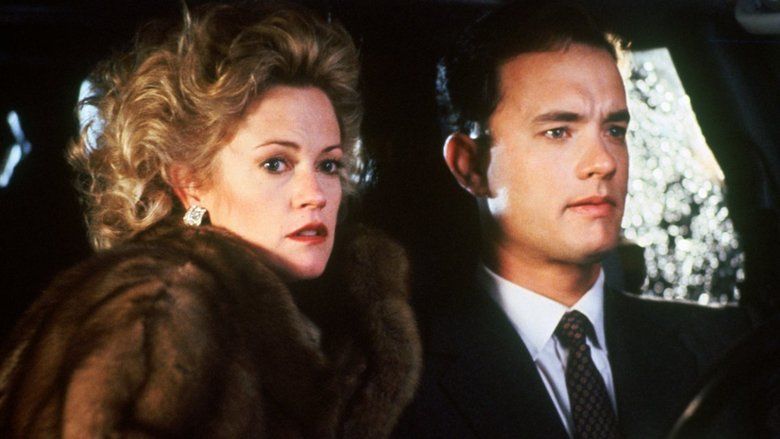
The bonfire of the vanities 1990 tv trailer
Plot
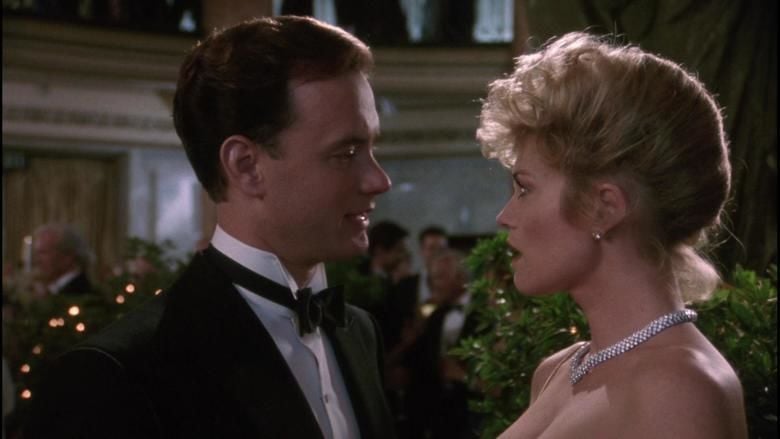
Sherman McCoy is a Wall Street bond trader who makes millions while enjoying the good life and the sexual favors of Maria Ruskin, a Southern belle gold digger. Sherman and Maria are driving back to Maria's apartment from JFK Airport when they take a wrong turn on the expressway and find themselves in the "war-zone" of the South Bronx. They are approached by two black youths after Sherman gets out of the car to move a tire out of the road. Sherman jumps back into the car and Maria guns the engine in reverse, running over one of the teenagers. The two drive away. Sherman initially wants to report the incident to the police, but Maria immediately talks him out of it, fearing that their affair would be publicly exposed.
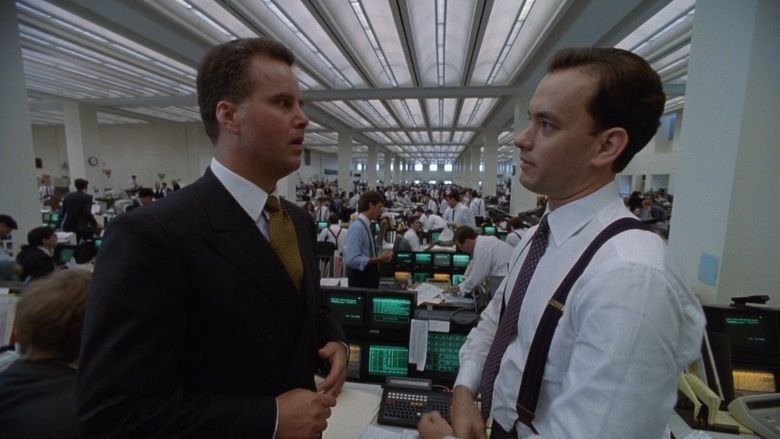
Meanwhile, alcoholic journalist Peter Fallow, anxious for a story to make good with his editor, comes upon the hit-and-run case as a rallying point for the black community calling upon Jewish district attorney Abe Weiss, who is the Bronx District Attorney seeking re-election. According to Judge Leonard White, almost all of DA Weiss' prosecutions end up with black and Puerto Rican defendants going to prison and Weiss is seeking a white defendant for purposes of convincing the minority-majority community that he is worth re-electing.
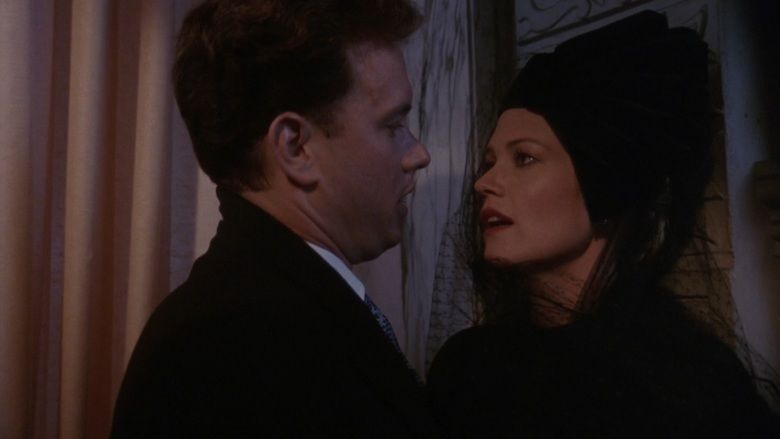
Weiss recognizes the press coverage inherent in prosecuting the callow Sherman, who has been discovered as the owner of the car, and therefore presumed to be the hit-and-run driver, in order to cultivate the image as an avenger for the minorities and be propelled to the mayorship of New York City. As Sherman is brought to his knees, New York City fragments into different factions who use the case to suit their own cynical purposes.

Finally, Sherman is left without any allies to support him except for the sympathetic Judge Leonard White and the remorseful Fallow. Fallow gains a tremendous advantage and insight into the case when he is dating a woman who is the sub-letting landlord of Maria's apartment, and knows of secret recordings of conversations in the apartment made by the authorities to prove that the woman is not in fact living in the rent-controlled apartment herself. She discovers information about the McCoy case (where Maria states she was driving the car), which she gives to Fallow, who in turn covertly supplies it to McCoy's defense attorney.
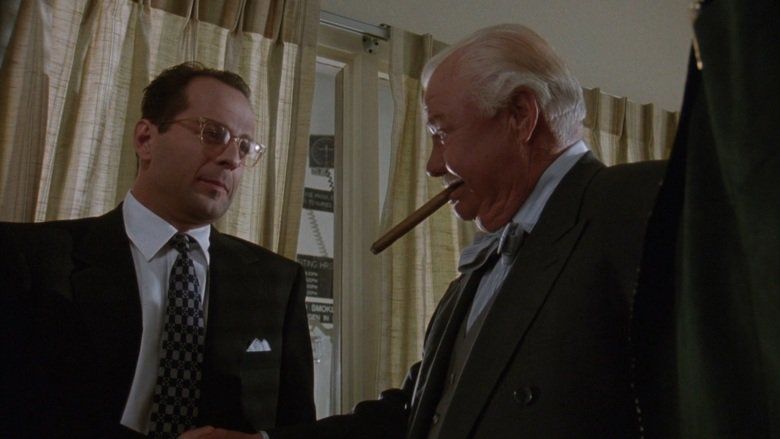
Sherman gets his hands on a tape and plays the recording in court, where it reveals Maria directly contradicting the evidence she has just given, showing she has been perjuring herself and causing her to faint. Sherman plays the tape in a tape recorder inside his briefcase connected to a small loudspeaker that he holds on the desk.
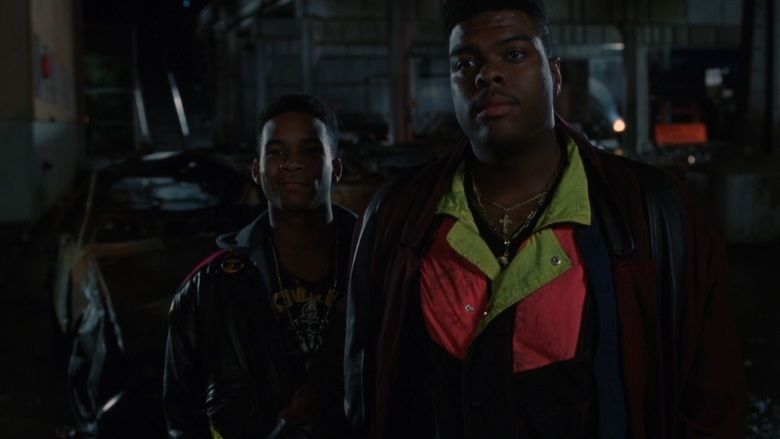
When the judge orders that he approach the bench with this evidence, he asserts that the tape is his (making it admissible evidence), resulting in his acquittal.
The people in the court go into an uproar, to which Judge White launches into a tirade that they have no right to act self-righteous and smarmy, or that they are above Sherman, considering Reverend Bacon claims to help disadvantaged New Yorkers but actually engages in race baiting, or that the District Attorney Weiss pushed this case not in the interest of justice but in the interest of appealing to minority voters to further his political career by appealing to their desire to "get even". After the Judge made his point, he begs the people to be decent and change their ways, letting Sherman go.
A large audience is applauding Peter Fallow's premiere of his book. Fallow says that Sherman McCoy has moved away from New York City to an unknown destination, presumably to live in obscurity.
Production
The film was plagued by controversy: the role of Peter Fallow was offered to both Jack Nicholson and John Cleese (Fallow was English in the novel) by Brian De Palma, but both turned down the role. When De Palma was unable to deliver an actor, the studio forced the director to cast Bruce Willis (who had starred in the successful 1988 film Die Hard) as Fallow instead.
When the project was first pitched and Mike Nichols was the original director, he wanted Steve Martin for the role of Sherman McCoy (which the studio rejected because they thought Martin was too old for the role). Tom Wolfe wanted Chevy Chase for McCoy as well.
Walter Matthau was initially offered the role of the judge, but demanded a fee of $1 million. The producers balked at meeting his price and signed Alan Arkin instead for a modest $150,000. Arkin was then replaced by Morgan Freeman when the studio decided to change the judge's ethnicity from Jewish to African-American in order to moderate criticism of the film's racial politics, and dialogue was added to have the judge denounce the manipulative actions of the main characters. Edward James Olmos was also considered for the role of the judge. F. Murray Abraham, who had a significant part in the film, chose to not be credited, because of a contract dispute. When he was denied the billing above the title that he had requested, he took his name off the picture.
The studio made significant changes to the source material, making Sherman McCoy more sympathetic and adding a subplot involving a minor character, Judge Leonard White. The controversies surrounding the film were detailed in a book called The Devil's Candy: The Bonfire of the Vanities Goes to Hollywood (1991), written by Julie Salamon.
As an example, the book describes how Brian de Palma had a difficult relationship with then-rising-star Bruce Willis who, in the words of Julie Salamon, "was generally disliked by most of the cast and crew [due to his ego]." In one instance, during the filming of a scene in which Willis was with Alan King (the scene in which the character played by King dies), Willis challenged the crew to make the whole scene move along faster, allegedly because it was very hot on the set.
Although Willis was called out of the set by de Palma to discuss the incident, this particular scene ended up being considerably shorter and simpler than originally intended. Brian De Palma described The Devil's Candy as "a very good book. I let Julie Salamon see everything. She portrayed it all very accurately. But I mean, nobody realized it was going wrong when we were making it. We were very enthusiastic about what we were doing." Salamon's book was re-released in 2002 with a revised title, The Devil's Candy: The Anatomy of a Hollywood Fiasco, and further material by Salamon (in which she describes Bruce Willis's negative reaction to the book).
In one notable scene in the film, Maria Ruskin (Melanie Griffith) arrives in New York on an Air France Concorde. The film's Second Unit Director, Eric Schwab, calculated the time and day when a runway at JFK would line up exactly with the setting sun, to serve as a backdrop, and managed to film in the single 30-second time period when this occurs in any given year, while winning a bet that he could make the scene an essential part of the movie. The 5-camera shot cost $80,000 and lasted just 10 seconds in the final cut. Schwab also directed the opening title shot — an almost equally elaborate and expensive set-up requiring a 24-hour timelapse of Manhattan, from a camera platform beside a gargoyle on top of the Chrysler Building.
Several of the sets parodied the home decorated by Robert Denning and Vincent Fourcade for Carolyne Roehm and Henry Kravis.
The cover of Peter Fallow's book in the film has a similar design to the original first edition of Tom Wolfe's novel from 1987.
Cristofer's original script ended cynically with the supposed victim of the hit-and-run walking out of the hospital, suggesting that the whole scenario was concocted. That ending did not test well with audiences and was dropped.
Locations
Sherman and Judy McCoy's luxury apartment was built on the Warner Bros. stage in Burbank, designed by Richard Sylbert. The Park Avenue exteriors were shot on location late at night, using rain effects and a prop phone box. The lobby scenes were shot at 77 Park Avenue.
The courthouse interior scenes were shot at Queens County Courthouse, at night.
Another courthouse scene showing a riot in slow-motion had been shot at the Essex County Courthouse in Newark but was omitted from the film following negative reaction from test screenings.
The 330-second Steadicam shot of Peter Fallow arriving at the Palm Court of the Winter Garden was a tour de force for operator Larry McConkey. He had to track backwards, get on a golf cart, ride it for 380 ft, get off it again, track backwards 234 ft, get into the elevator, get out again, and track for another 250 ft.
The huge party scenes were shot at the L.A. Natural History Museum.
Courthouse exteriors were at the Mario Merola Building / Bronx County Courthouse. The subway entrance was fake — there is no subway station there.
Reception
The film itself was a critical and commercial flop when it was released. The film cost an estimated US$47 million to make, but initially grossed just over US$15 million at the US box office, making it a huge box office bomb.
Critical reception was fiercely negative. The film scores a 16% "Rotten" rating on Rotten Tomatoes, based on 50 reviews. In Leonard Maltin's annual Movie Guide publication, the film was given a "BOMB" rating, and described as an "appallingly heavy-handed 'comedy'".
In its review, Variety Magazine stated, "the caricatures are so crude and the ‘revelations’ so unenlightening of the human condition, that the satire is about as socially incisive as a Police Academy entry." Vincent Canby in The New York Times denounced "Brian De Palma's gross, unfunny movie adaptation." Owen Gleiberman of Entertainment Weekly called it, "one of the most indecently bad movies of the year." Rita Kempley said in The Washington Post, "the director has become one with the buffoons Wolfe scored in his bestseller. He has not only filed Wolfe's teeth but stuck his tail between his legs," and called the film, "A calamity of miscasting and commercial concessions." In Rolling Stone, Peter Travers wrote, "On film, Bonfire achieves a consistency of ineptitude rare even in this era of over-inflated cinematic air bags." Gene Siskel wrote in The Chicago Tribune, "preview audiences have hooted the film`s revisionist ending, which concludes with a sermon. I didn`t hoot because I was too sad. I gave up on the movie well before the ending." In her review for The Los Angeles Times, Sheila Benson called the film, "an overstated, cartooned film for dullards." Steven Rea wrote in The Philadelphia Inquirer, "Big books have been bastardized by Hollywood before - it's a time-honored tradition that counts Hemingway, Faulkner and the scribes of the Old Testament among its victims - but you'd be hard-pressed to find an adaptation that screws up as royally as Brian De Palma's take on The Bonfire of the Vanities. Miscast, misguided and miserably unfunny, Tom Wolfe's black satire about avarice, prejudice and criminal injustice in the loony-toon town of New York has been raped, stripped of all ambiguity and dimension," and he ended the review by saying, "What a mess."
Of the way Tom Wolfe's story was adapted, Brian De Palma said, "The initial concept of it was incorrect. If you're going to do The Bonfire of the Vanities, you would have to make it a lot darker and more cynical, but because it was such an expensive movie we tried to humanize the Sherman McCoy character – a very unlikeable character, much like the character in The Magnificent Ambersons. We could have done that if we'd been making a low-budget movie, but this was a studio movie with Tom Hanks in it. We made a couple of choices that in retrospect were wrong. I think John Lithgow would have been a better choice for Sherman McCoy, because he would have got the blue-blood arrogance of the character."
De Palma has, however, been quick to downplay the notion that the movie suffered because of studio interference: "The initial producers, once we had cast Tom Hanks, moved on and went over to Columbia Pictures, so I was sort of left to my own devices and pursued ways in which I thought I could make this movie more commercial and keep some edge of the book...I thought we were going to get away with it, but we didn't. I knew that the people who read the book were going to be extremely unhappy, and I said, 'Well, this is a movie; it isn't the book.' And I think if you look at the movie now, and you don't know anything about the book, and you get it out of the time that it was released, I think you can see it in a whole different way."
However, the film achieved cult status in Europe, especially in Eastern Europe, where it is considered one of De Palma's major works. In the countries of the former Yugoslavia, it has been aired on various TV stations dozens of times and is still regularly aired each year.
The bonfire of the vanities original theatrical trailer
References
The Bonfire of the Vanities (film) WikipediaThe Bonfire of the Vanities (film) IMDbThe Bonfire of the Vanities (film) Rotten TomatoesThe Bonfire of the Vanities (film) Roger EbertThe Bonfire of the Vanities (film) themoviedb.org
